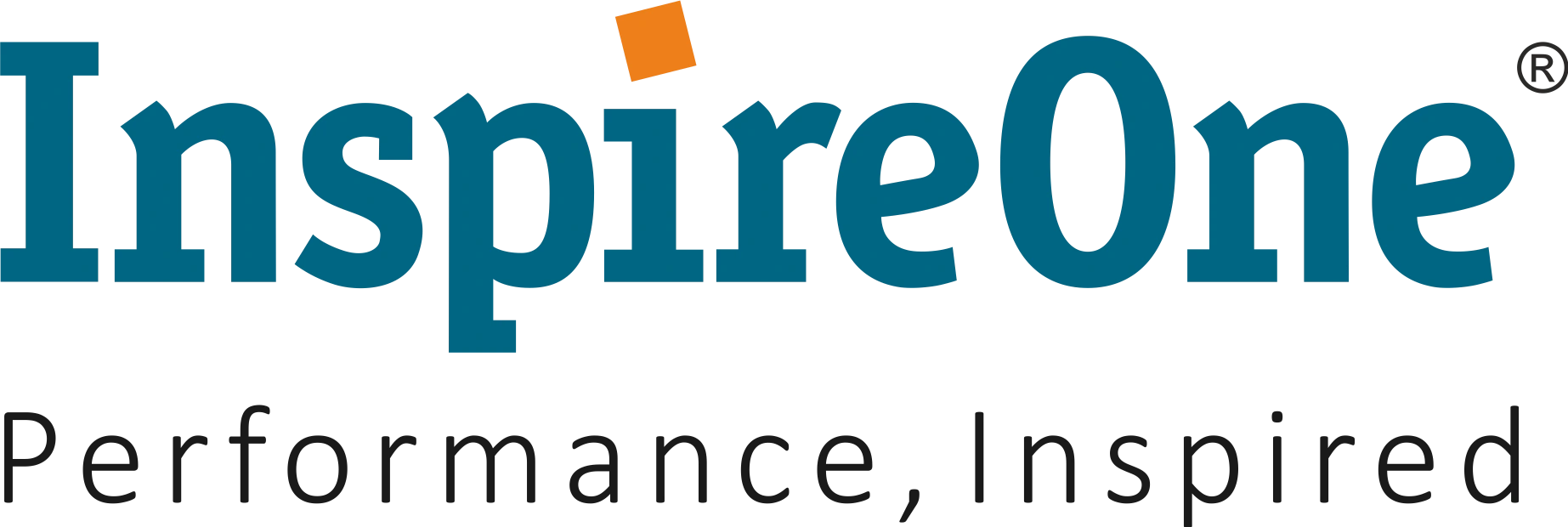The 80/20 Rule, a principle discovered by economist Vilfredo Pareto, suggests that roughly 80% of effects come from 20% of causes. In business, this often translates to finding that 20% of clients drive 80% of revenue, or 20% of activities generate 80% of success. In talent management, identifying and developing the top 20% of employees can yield similar exponential results, as these individuals are often the ones who shape a company’s future.High-potential employees are individuals within that top 20% who demonstrate not only high performance but also high growth potential and leadership capabilities. Recognizing and investing in leadership development initiatives for these ‘vital few’ can be transformative. However, achieving this requires clarity, commitment, and a culture of continuous development.
Shared Responsibility for High-Potential Leadership Development
A common misstep in many organizations is leaving the identification and nurturing of high-potential employees (HiPos) solely to direct supervisors or the HR department. While both play critical roles, research suggests that sharing this responsibility across management levels is essential. When HR, senior leaders, and managers collaborate, it creates a culture of development that becomes a strategic priority.Such cross-functional collaboration ensures that development initiatives are not limited to immediate business needs but are aligned with long-term growth objectives. Top management actively participates in the process, demonstrating the organization’s commitment to leadership development. This involvement increases engagement and motivation for high-potential employees.Clear, Transparent Criteria for Identification
For HiPo programs to succeed, companies need clear, transparent criteria to define and select high-potential employees. Organizations may look for qualities such as strategic thinking, interpersonal skills, adaptability, and learning agility. Establishing a transparent selection framework helps reduce ambiguity and builds trust, as employees understand what is valued and how they can contribute.Accurate identification is key. Self-ratings, supervisor evaluations, and 360-degree feedback can provide comprehensive insights into an employee’s potential. This approach ensures that selection is objective and based on measurable criteria, allowing high-potential employees to receive feedback they can act upon to grow and advance.Setting Expectations and Personalized Development
High-potential employees are often driven individuals who seek both recognition and opportunities to grow. However, merely identifying them without offering a structured development path can lead to frustration and disengagement. To keep them motivated and engaged, organizations must craft personalized leadership development journeys that align with the career goals and aspirations of each HiPo.Structured development paths—such as multi-day workshops, self-paced modules, and peer-based learning—can help employees build leadership skills progressively. By integrating learning with on-the-job application, organizations ensure that employees develop competencies that are both relevant and practical. Regular mentorship and coaching are also essential for tracking progress and ensuring long-term growth.Conclusion
In today’s competitive landscape, developing high-potential employees is not just beneficial—it is essential. Organizations that focus on identifying, nurturing, and providing structured development for their most promising talent will build a pipeline of future leaders.InspireOne’s Building Leadership Capital (BLC) Program incorporates all of these crucial elements. By blending structured assessments, transparent identification criteria, and personalized development pathways, the program helps unlock the full potential of high-potential employees. Through shared responsibility across leadership levels and a focus on continuous development, the BLC Program ensures that organizations are not only developing current leaders but are also preparing their next generation of impactful, visionary leaders.References- Lavinsky, D. (2014, January 20). Pareto principle: How to use it to dramatically grow your business. Forbes. https://www.forbes.com/sites/davelavinsky/2014/01/20/pareto-principle-how-to-use-it-to-dramatically-grow-your-business/
- Ghosh, P., & Dube, A. (2015). Managing high-potential employees. ResearchGate. https://www.researchgate.net/publication/282555081_Managing_High_-_Potential_Employees







